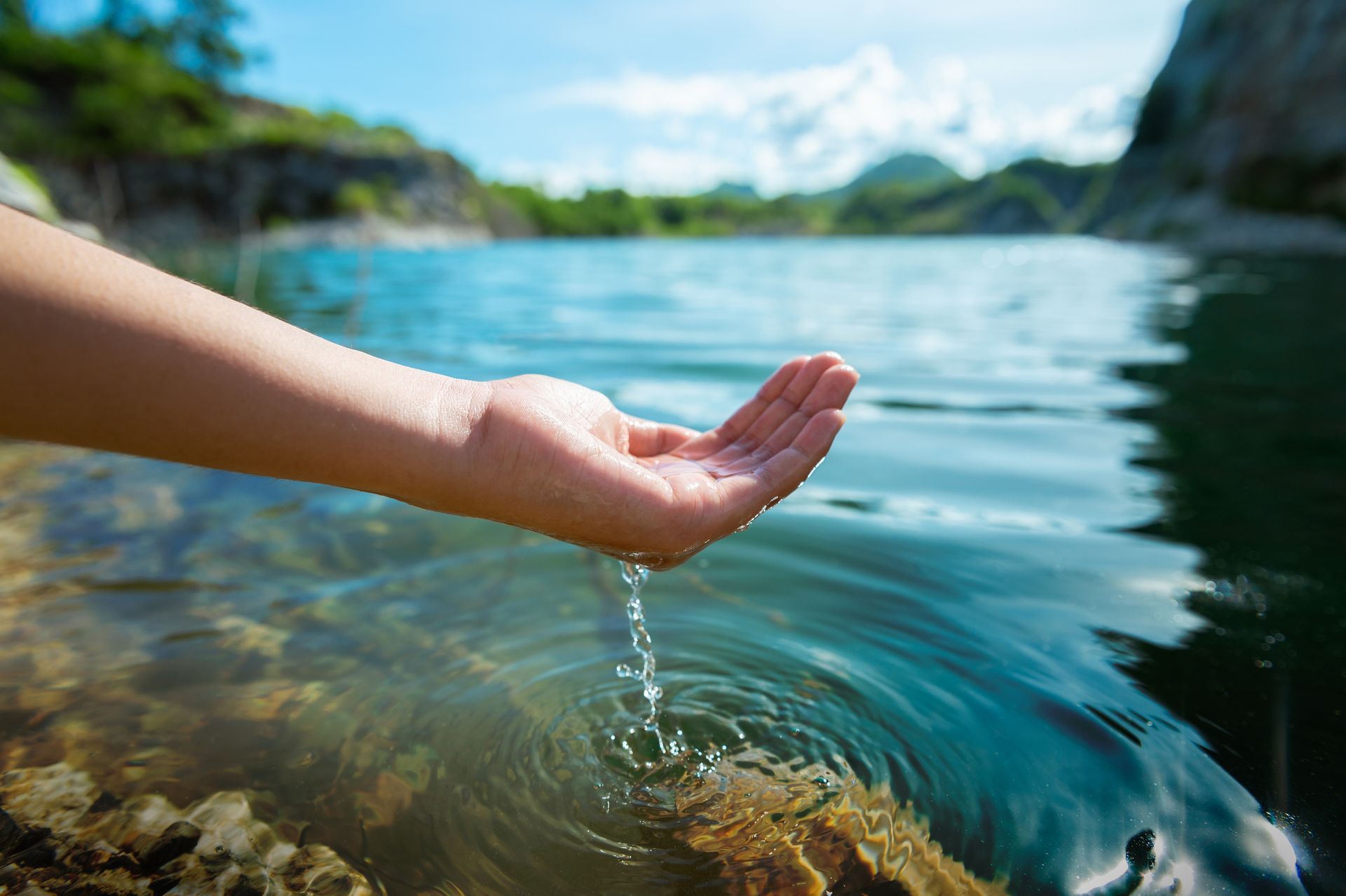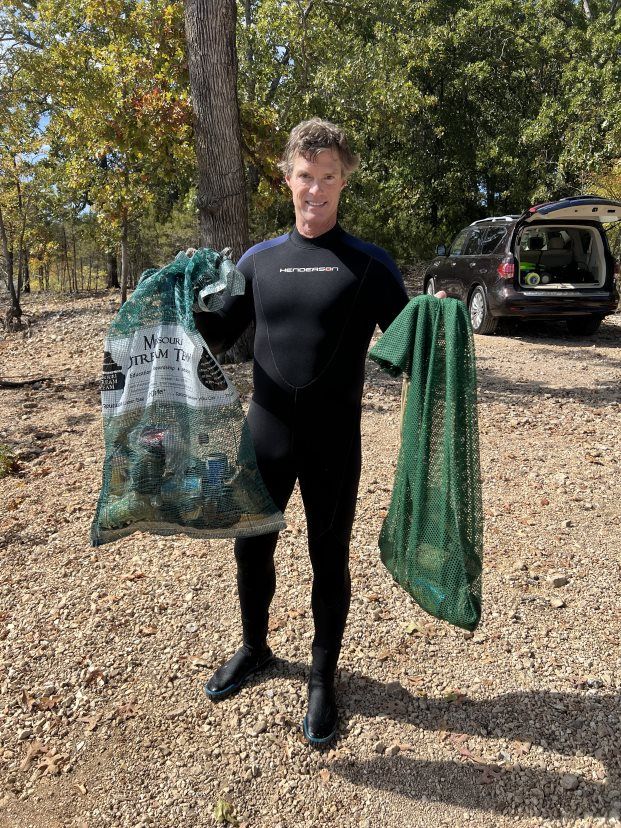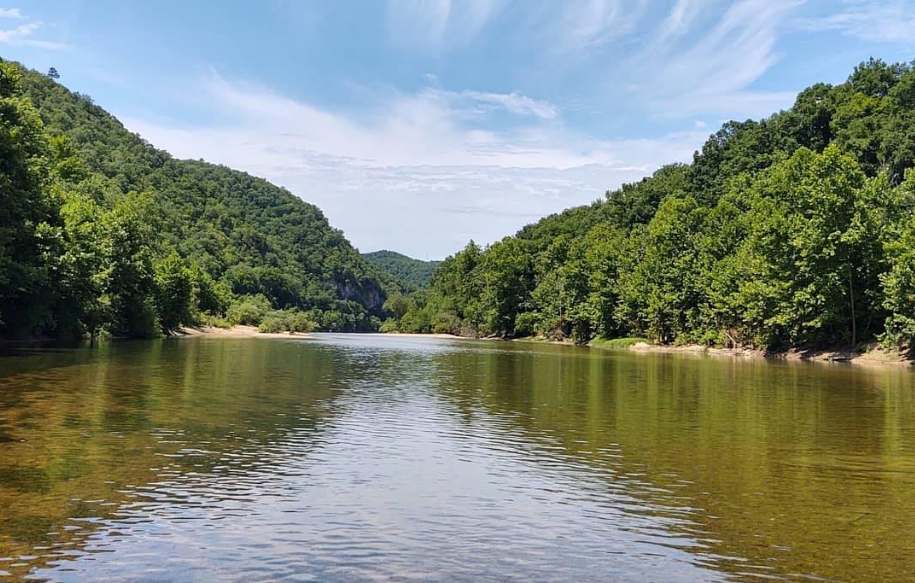
OUR AGRICULTURAL BMP WORK AT H2OzarkS
Cleaner Water Together
BMPS for the White River Basin
Agricultural BMPs involve finding the best management practices for an environment or area. At H2Ozarks we support agricultural BMPs for the White River Basin. It's our goal to create cleaner water together and one of the many ways that we can achieve this is by implementing sustainable methods that protect our water resources and the surrounding environment.
The Relationship between Agricultural and water
Agricultural production provides the food we eat and it is a major economic driver in Arkansas, contributing $21.4 billion to the State’s economy each year.
1 Agriculture also has an important relationship with water – it needs adequate water quality and supplies to sustain itself, and it also can have significant impacts on those very water resources.
Nonpoint source pollution from agricultural runoff is listed as the number one cause of water quality impairment in Arkansas 2 The implementation of BMPs on the agricultural landscape can improve water quality and provide a safer and cleaner drinking water supply to people and industries in Northwest Arkansas.
Some of the most cost-effective agricultural BMPs include excluding cattle from streams with fencing, developing or maintaining streamside riparian buffers
3
and installing large farm ponds that can reduce peak flows downstream, thus reducing streambank erosion and sediment and nutrient transport to Beaver Lake.
¹ English, L., Popp, J., & Miller, W. (2017). Economic Contribution of the Agricultural Sector to the Arkansas Economy in 2015. Research Reports and Research Bulletins. Retrieved from https://scholarworks.uark.edu/aaesrb/1
² ADEQ (Arkansas Department of Environmental Quality). 2018. Integrated Water Quality Monitoring Assessment Report.
3
Riparian buffers are areas of vegetation – either trees, bushes, shrubs, or native grasses – that line both sides of streams and rivers which provides greater bank stability to reduce erosion potential. Buffers also provide natural shading to the stream, reducing water temperature, promoting natural aquatic life.






